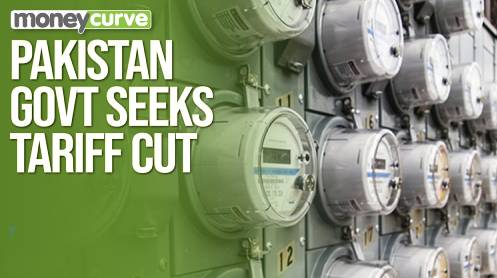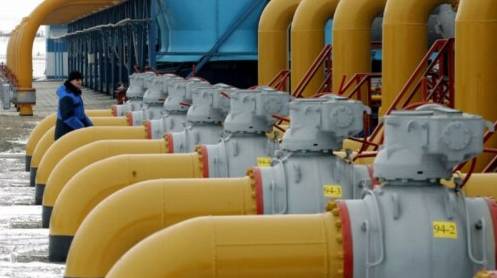Western big hauler back up plans are worried that they may accidentally assist with delivery Russian raw petroleum over the $60 per barrel cost cap as buys and exchanges have become obscure since the G7 presented the cost roof toward the beginning of December 2022.
Assurance and reimbursement (P&I) clubs have authentication that the shipments they are covering have not been purchased over the cost cap, yet they are watchful that undeniably equivocal practices by Russia and its new rough clients might cloud the genuine cost at which Russian unrefined cargoes are being exchanged.
As global oil costs rose after the unexpected OPEC+ cuts declared toward the beginning of April, the value of Russia’s leader rough grade, Urals, has ticked up to approach $60 per barrel. The ESPO grade, transported from the Russian Far East port of Kozmino, has been reliably exchanging above $60 per barrel since the EU ban and the EU/G7 cost cap happened on December 5.
Lately, admonitions from the U.S. Depository Division have exhorted U.S. furthermore, other Western guarantors that they might have penetrated the cost cap system in shipments out of Kozmino. Generally, Western back up plans can’t rest assured whether they take care of cargoes of unrefined sold above $60 per barrel. “We are certainly not ready to evaluate the oil costs of shipments,” Lars Lange, secretary general of the Global Association of Marine Protection, let Reuters know this week.
Transport proprietors and sea freight guarantors can’t dependably evaluate the genuine cost of a Russian freight, Mike Salthouse, head of outer undertakings at NorthStandard P&I Club, told Reuters. “To send out its oil and sell it over the cost of the cost cap, then it’s in light of a legitimate concern for both the Russian exporter and the recipient not to deliver data with respect to what the genuine cost of the freight was,” Salthouse told Reuters. Recently, the U.S. Depository Division distributed an admonition to U.S. organizations about conceivable avoidance of the cost cap, pointing explicitly to ESPO shipments from Kozmino.
“OFAC knows about reports that ESPO and different crudes sent out through Pacific ports in the Russian Organization, like Kozmino, might be exchanging over the cost cap and might be utilizing covered administrations given by U.S. people,” the Depository Division’s Office of Unfamiliar Resources Control (OFAC) said.
“These U.S. specialist co-ops might be ignorant that they are offering covered types of assistance including Russian oil bought over the cost cap, as the non-U.S. people associated with the commodities might have given inadequate or misleading documentation or utilized other tricky practices.”
Basically all exchanges for Russian rough at the Baltic Ocean ports of Primorsk and Ust-Luga as well as the Dark Ocean port of Novorossiysk were led beneath the cost cap in the principal quarter of 2023. In any case, over 95% of unrefined volumes sent out from Kozmino were evaluated above $60 per barrel, scientists at KSE Foundation, a piece of the Kyiv School of Financial matters, wrote in a report this week. The commodity cost of Russian oil out of Kozmino found the middle value of $73 per barrel, they noted.
“The way that a significant portion of journeys from Kozmino includes Western-claimed as well as – protected vessels while basically all exchanges show costs above $60/barrel focuses to possibly extensive cost cap infringement,” the specialists at the Ukraine-based foundation said.
While the authorizations system gives off an impression of being working in lessening Putin’s oil incomes — with rough endlessly oil item sends out somewhere near $15.6 billion for the primary quarter contrasted with the final quarter of 2022, “trade costs for Russian unrefined petroleum in 2023Q1 highlight sanctions infringement and highlight the critical requirement for more thorough implementation,” the specialists added. Transport proprietors and guarantors face much more confusions in dealing with Russian rough in the event that the Urals cost stays above $60 per barrel, as it has been for the greater part of April, examiners say.
“In the event that the cost of Russian rough remaining parts certifiably more than the $60 per barrel cost cap, the circumstance can turn out to be more confounded,” Erik Broekhuizen, director of marine exploration and counseling at Poten and Accomplices, said in a new examination note. The cost cap has likewise prodded an ascent ‘in obscurity’ or ‘shadow’ armada of oil big haulers, which presently incorporates big haulers transporting endorsed Iranian and Venezuelan oil, yet additionally progressively bigger volumes of Russian oil and items.
“In excess of 440 big haulers over 30,000 dwt tons, with a typical age of 20 years, have been distinguished as exclusively conveyed in delivery Iranian, Venezuelan and Russian oil, with gainful proprietors taking cover behind byzantine corporate designs,” a Lloyd’s Rundown examination showed a month ago. “The number has expanded by more than 180 big haulers in the beyond a year, as Western assents on Russian oil imports and shipments to third nations drive the extension of shadowy and unregulated oceanic vehicle.”





